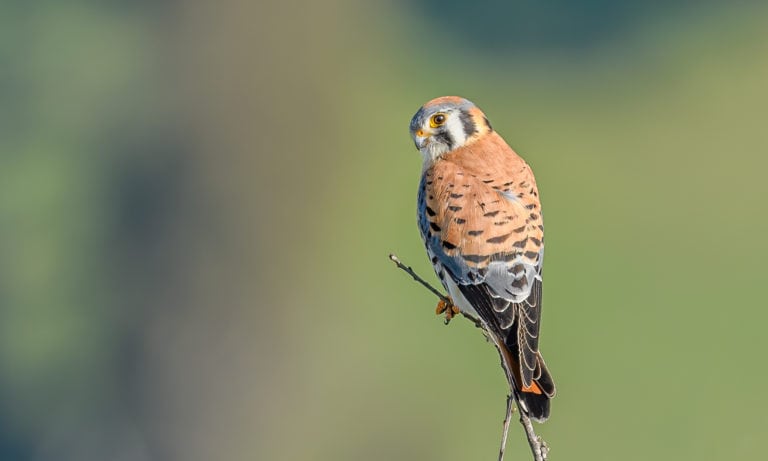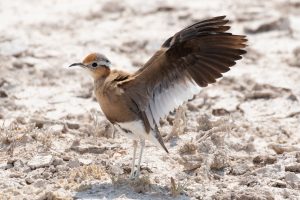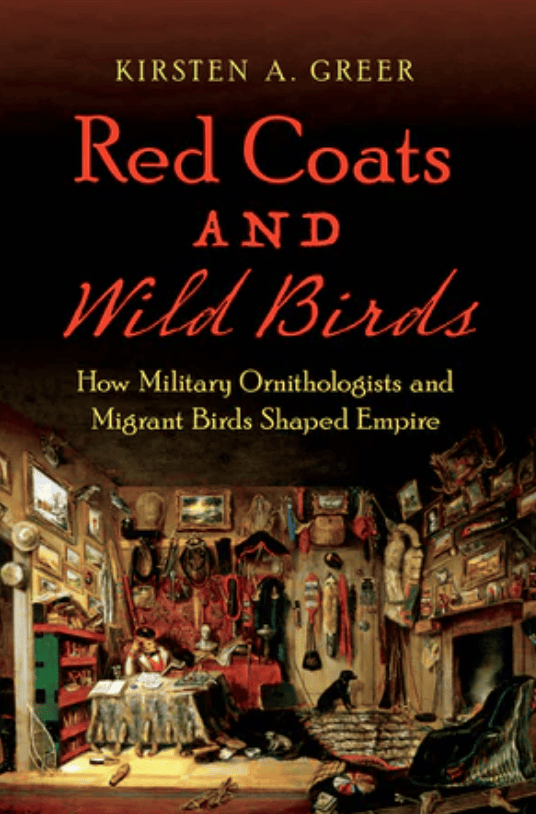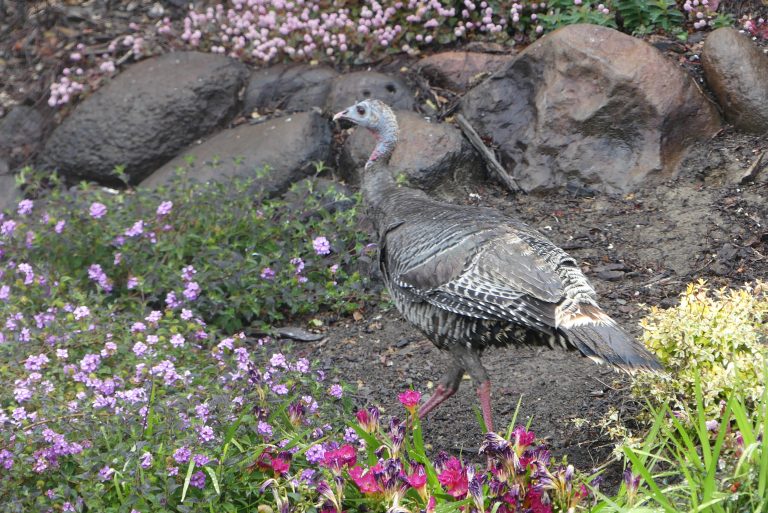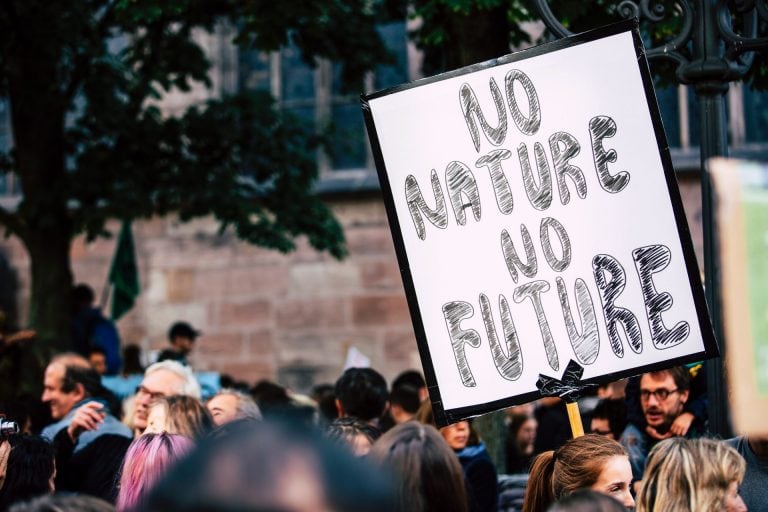Net Negative Emissions in California by 2030: Can We Do It?
The latest climate science supports what millions of people and animals are experiencing daily: the impacts of climate change are hitting harder and faster than expected, posing grave threats to human health and planetary health. We are already pushing against multiple global tipping points that could unleash abrupt and irreversible damage to people and wildlife alike. Children, the elderly, and people living in low-income communities are disproportionately affected. Our only hope for a vibrant, healthy, and equitable future for all is to enact bold climate policies now, not decades from now.

